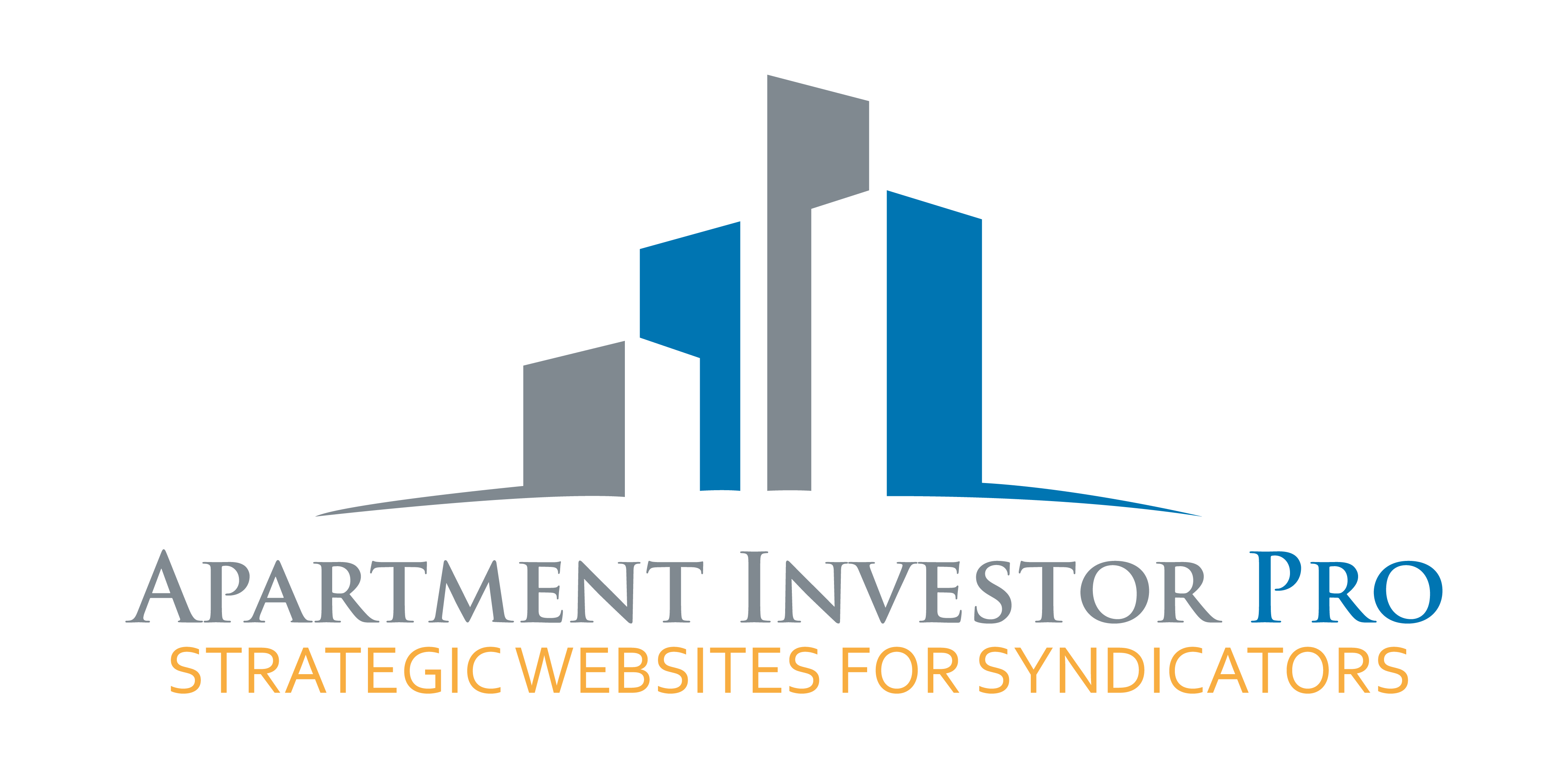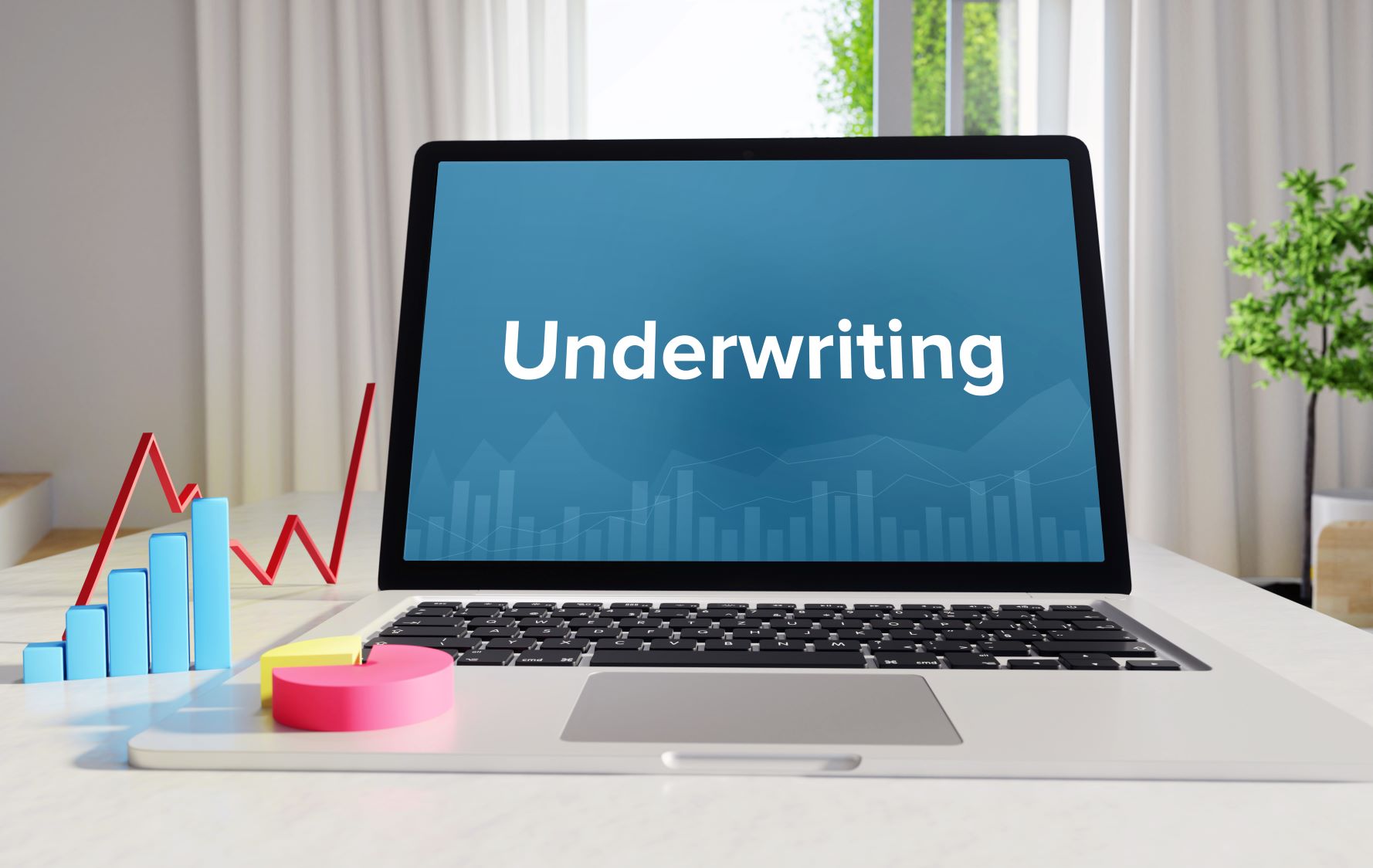Underwriting tactics for multifamily properties are skills that every multifamily property investor should know.
All credit for the expertise found in this article goes to David Toupin of Obsidian Capital.
David Toupin is a Top Millennial real estate investor.
As partner and Co-founder of Obsidian Capital, David acquired over 500 apartment units worth nearly $40M by the age of 23.
In this article, we show the underwriting tactics for multifamily properties and the value of using an underwriting tool in helping you analyze a deal and give a simple example of how that can help you.
Deal Analyzer Tool
What you need is to be able to quickly and efficiently analyze deals.
To do this, it is essential to invest in an underwriting tool. You input the numbers and it will help you do the rest. You don’t want to be calculating things on the back of a napkin.
As you input the data into your deal analyzer tool, it is important to see opportunities that are revealed in the underwriting process. This will be highlighted and explained in this article.
Taxes
The spreadsheet will remind you of all the important figures that you need to take into consideration. Property taxes and assessments are a good example of this.
At the top of your spreadsheet/analyzer tool under “Taxes and Assessments” will be a section for inputting taxes.
When you buy a property, taxes will be reassessed and they will often go up disproportionately the following year.
Just by purchasing a property you will lose money in taxes.
You have to account for that in your underwriting.
You need to determine this and include it in your calculations. Call the local tax assessment office and they can tell you how it’s done. In every area it is different.
Operating Expenses
To input this data you will need two documents. A T12 and a Rent Roll.
The T12 shows the past 12 months of operations. All the income and expenses will be shown there.
You just need to input your totals. For example, in the expense section of your T12, you will see under operating expenses – “Payroll and Benefits”. In this 325 unit example, the total is $360,036. When a property has over a 100 units you start to see full-time employees, usually about 1 manager and 1 maintenance person full time per 100 units.
Another example of stats to input would be Building Repairs and Maintenance. Once again just put in your totals; in this case, the total is $126,000.
There is a lot more to input, Electricity, Gas, Garbage etc.
Take all those numbers and put them into your T12 section in your underwriting tool.
All these statistics ultimately flow through into a proforma page that tells you what returns your investors can expect. As well as the owner or General partner returns, what you will get for putting the deal together.
Annual per-Unit Costs
The tool will then break that down into annual per-unit costs. Both the current costs and the anticipated year one costs.
It’s important to have those annual per-unit costs because if you look at enough deals you will start to see trends.
Just as an example of something that jumps out when looking at our 325 unit sample deal, after inputting the data we can see that the current water and sewer costs are over $1,000 per unit annually. Immediately an experienced underwriter would see that this is unusually high.
This tells you something, most likely there are lots of problems with leaks, running toilets etc.
David compares all these figures to a list of numbers and the typical range that he sees from experience with many deals. You can input all these comps from your research and experience into your underwriting tool/spreadsheet.
In this case, David knows that an acceptable range for annual water and sewer costs ought to be between $450 and $700 per unit, when compared with what is common in other apartments in similar markets.
Identifying an Opportunity
This represents an opportunity. There is some inefficiency in the property that you could take care of by investing some money.
This shows the value of being able to analyze and understand all these different statistics with the help of your underwriting tool.
If for example, you went ahead with this deal and invested $250,000 in utility efficiencies including fixing the piping and sprinkler systems, the boilers, and installing new low flush toilets, etc., conservatively the return on this investment would allow you to save $100,000 annually on expenses, which is a 40% return on your investment.
By doing this you would increase your Net Operating Income substantially and you would recoup your $250,000 in just 2 years and 6 months. That represents an excellent investment.
In this example, the savings lead to an increased Net Operating Income which increases the value of the property by 2 million dollars.
Of course, there are no guarantees that this will be the actual return but the analysis allows you to see where it makes sense to invest the money, minimize the risk and maximize the opportunity.
Every dollar that you save on your expenses or add to your income represents a return of 18 dollars on the value of this property. That’s why real estate investment is so exciting and that’s why we spend time with the underwriting process and analyzing the income and expenses in this way.
Experience is very important and you will get better with each deal that you analyze, the point is to get your underwriting tool and start looking at deals right away.
Streamlining Your Business Processes
At Apartment Investor Pro it is our mission to make it easier for you to reach your goals.
Your underwriting tool is an example of how you can do that, using a simple spreadsheet that can streamline a vital process in your real estate investment business.
Apartment Investor Pro websites are designed specifically for real estate investors.
Your Apartment Investor Pro website is an essential tool that will allow you to streamline many vital processes in your business.
The sites can be easily customized for your needs. And they come at a fraction of the cost that you would incur if you had your site built from scratch.



